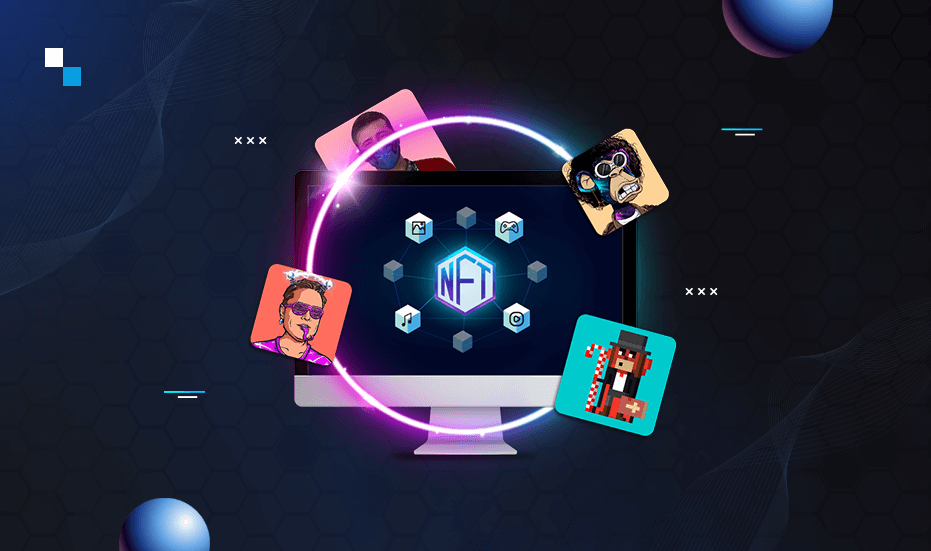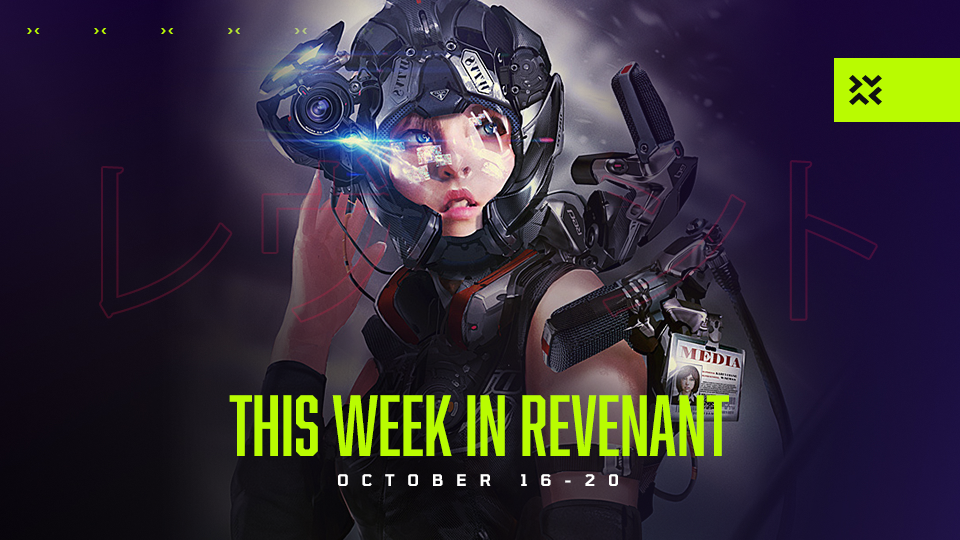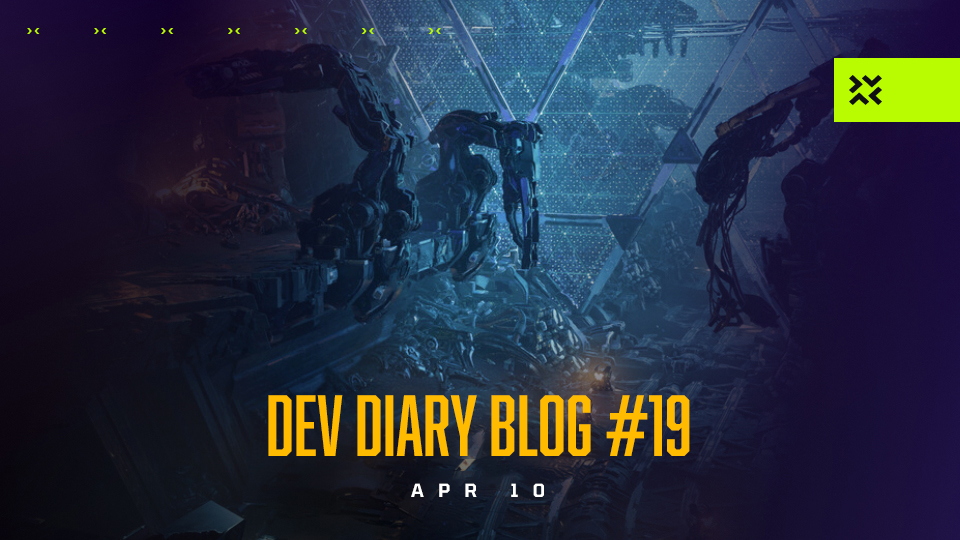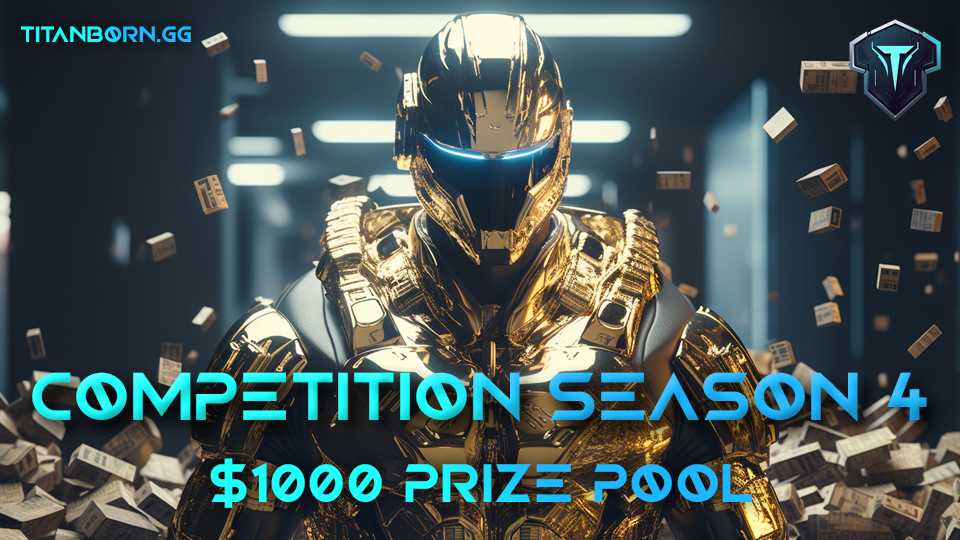
In the ever-evolving landscape of Web3 gaming, one question looms large: can a distribution platform akin to Steam, the iconic Web2 gaming platform, carve a path for the future of blockchain games?
Steam’s remarkable success over the years has set a high bar, and reliable distribution platforms in the Web3 era will undoubtedly play a pivotal role in shaping the gaming ecosystem.
In this article, we delve into the intricacies of Web2 and Web3 game distribution platforms, exploring their unique offerings, challenges, and what it might take to establish a Steam for Web3.
Understanding Web2 Game Distribution Platforms
Web2 game distribution platforms, also known as traditional gaming platforms, function as online game shops with vibrant community features that unite gamers worldwide within a shared ecosystem. These platforms typically require players to download a small software client, providing user-friendly interfaces and streamlined purchasing processes. They also offer comprehensive information about each game title.
As of now, three major traditional game distribution platforms dominate the market: Steam, Epic Games Store, and Microsoft Store. Steam, developed by Valve, stands as the eldest of the three and boasts the most extensive game library. Epic Games Store, rooted in the creators of Unreal Engine, is known for its periodic free game offerings. Meanwhile, Microsoft Store offers a subscription service, Game Pass, granting access to hundreds of games through a monthly subscription model.
What Web2 Platforms Offer Players and Developers
Web2 platforms have successfully cultivated trust among users by hosting reputable brands and millions of gamers who rely on their services. This trust enables customers to comfortably share their payment information, knowing they are safeguarded against potential scams during game purchases.
For newcomers to gaming, Web2 platforms provide a seamless and hassle-free experience when buying and installing new games. Moreover, automated update processes ensure that games remain up-to-date without requiring players to interact with developer websites continually. Gamers can explore vast game libraries and start playing their chosen titles with just a few clicks. User review and rating systems facilitate game selection for others in the community.
Developers, too, benefit from Web2 platforms by gaining direct access to a global audience through development kits, marketing support, and distribution infrastructure. Robust anti-piracy measures further guarantee that developers receive proper compensation for their hard work.
Introducing Web3 Game Distribution Platforms
Web3 game distribution platforms, on the other hand, aspire to create a more player-centric and community-driven gaming environment compared to their Web2 counterparts. Their approach is centered around decentralization, with blockchain technology serving as the foundation of Web3 gaming. Here, players and stakeholders have a voice in decision-making through governance mechanisms like decentralized autonomous organizations (DAOs), which operate without central leadership, relying on community-driven rules enforced on a blockchain.
Web3 gaming typically involves the use of smart contracts, DAOs, and in-game assets, with nonfungible tokens (NFTs) breathing life into the ecosystem’s economy. NFTs confer true ownership of in-game items and can be used to purchase games and in-game assets, ushering in a new realm of possibilities. Models such as play-to-earn, where players earn crypto and NFTs while playing games, help developers secure capital and attract players, albeit with sustainability challenges. Even established developers are dipping their toes into decentralized gaming, with some offering their Web3 games on Steam and Epic Games to tap into the broader audience of Web2 gamers.
Key Challenges Faced by Web3 Game Distribution Platforms
Yet, the journey of Web3 gaming is not without its hurdles. Currently, Web3 gaming demands a deeper understanding of underlying technologies from both players and developers. Building and launching games on Web3 platforms entail increased complexity and cost, setting a higher entry barrier for developers.
Players, too, must grasp concepts like crypto, NFTs, and decentralized marketplaces. Even after acclimatizing to the technology, the Web3 gaming space is limited in terms of game titles. Steam’s success, for instance, was partly fueled by bundling with the legendary title Half-Life 2, a feat yet to be replicated in the Web3 gaming realm.
Preconceived notions about the Web3 and crypto space have also deterred many individuals from entering this ecosystem. Reports of scams and schemes spread rapidly in this space, whereas incidents on traditional platforms often go unnoticed.
Developers sometimes prioritize monetization over originality and quality, failing to attract mass audiences. Nevertheless, the Web3 gaming market is still in its infancy, and the right projects could quickly alter the landscape.
Bridging the Gap with Traditional Gaming
While blockchain’s promise is vast, it’s crucial to recognize the profound influence of traditional gaming. Classics like Mortal Kombat, Tekken, and Street Fighter have shaped our gaming expectations, from gameplay mechanics to character designs. Blockchain games need to strike a balance between leveraging blockchain’s unique capabilities and delivering a gameplay experience that resonates with gamers’ established preferences.
Revenant’s flagship title, TitanBorn, stands out in this regard. Set in a cyberpunk metropolis, TitanBorn is an arcade competitive fighting game that pays homage to these classics while introducing innovative features. Rather than static characters, players control fully customizable heroes, combining the familiarity of traditional battle rounds with new, exhilarating gameplay dynamics. Furthermore, the incorporation of exclusive digital collectibles and real-world rewards amplifies the experience, ensuring that players’ victories, achievements, and in-game items genuinely belong to them.
Establishing the Steam of Web3
To emulate Steam’s success in the Web3 arena, a diverse range of enjoyable games that cater to both Web3 and non-Web3 players is essential. Additionally, transparency and security standards must inspire user confidence in making purchases without concerns about fund safety.
Web3 platforms should draw inspiration from the user-friendliness of platforms like Epic Games Store and Steam, aiming to present blockchain games with intuitive and well-designed interfaces. Emphasizing community interaction and providing users with a secure space for sharing opinions and making friends is paramount. Extensive social features, including DAO voting, enhance player engagement and retention.
A noteworthy example of a comprehensive Web3 gaming solution is Revenant. As a decentralized gaming ecosystem, Revenant encompasses a game studio, a launchpad, an NFT marketplace, and other game-centric services within a single platform. This integrated approach not only supports gamers but also fosters innovation among developers and attracts investors, collectively advancing the decentralized gaming cause.
The Future of Web3 Game Distribution Platforms
The evolution of Web3 gaming platforms should prioritize deeper interactions among users. By adopting what works in Web2 while addressing the shortcomings of traditional platforms, Web3 gaming through platforms like Revenant has the potential to become a reliable alternative to established industry players like Steam or Epic Games Store.
The future of Web3 gaming holds immense promise. By embracing decentralization, NFTs, and blockchain technology, Web3 game distribution platforms can create a vibrant and sustainable ecosystem that caters to the gaming community’s evolving needs. As the Web3 gaming space continues to mature, it may indeed find its own “Steam” moment, redefining the gaming industry as we know it.





